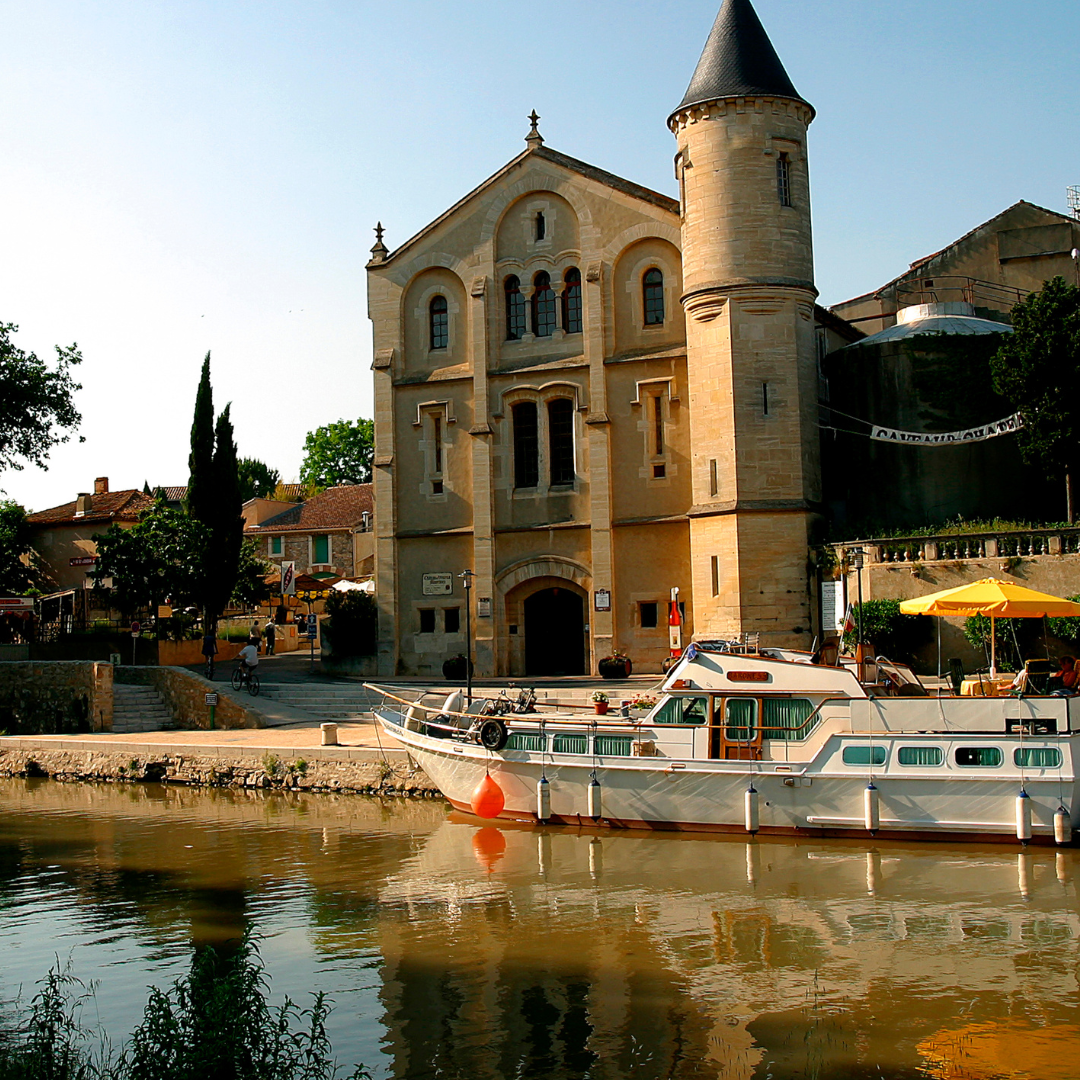Navigating the Canal du Midi: A Historic Waterway through the Heart of Southern France

Meandering gently through the picturesque landscapes of southern France, the Canal du Midi stands as an enduring testament to human ingenuity and the romance of slow travel. Built in the 17th century, this UNESCO World Heritage Site offers an unparalleled journey through history, nature, and the quintessential charms of the Languedoc region. Traversing vineyards, medieval towns, and sun-drenched countryside, it offers travelers a serene voyage through the very soul of France.
The Engineering Marvel: Canal du Midi’s Origins and Legacy
Conceived by Pierre-Paul Riquet, a salt tax collector, the Canal du Midi was a solution to the age-old problem of linking the Atlantic to the Mediterranean without navigating the treacherous waters around the Iberian Peninsula. Built between 1667 and 1681, its construction was a Herculean effort, involving over 12,000 workers. Featuring an ingenious system of locks, aqueducts, and reservoirs, the canal revolutionized waterway engineering. Beyond its technical achievements, the Canal du Midi’s socio-economic impact was profound, fostering trade and communication between southwestern France’s hinterlands and the Mediterranean ports.
From Toulouse to the Mediterranean: Key Stops and Highlights
Starting in the vibrant city of Toulouse, the Canal du Midi embarks on its 240-kilometer journey to the Thau Lagoon near the Mediterranean. En route, the canal unveils historic towns like Carcassonne, with its imposing medieval fortress, and Béziers, birthplace of Riquet and home to the majestic St Nazaire Cathedral. As travelers glide through sunflower fields and vineyards, they encounter serene stretches like the tree-lined “Green Tunnel” near Capestang and the scenic banks around Argeliers. By the time the canal meets the sea, its tapestry of experiences culminates in a profound appreciation of southern France’s heartland.
Historic Locks and Aqueducts: Navigational Challenges and Beauty
Among the Canal du Midi’s defining features are its 63 locks and numerous aqueducts, which facilitated its route through varying terrains. The Fonséranes Locks near Béziers, a staircase of eight basins, is among the most impressive, raising boats 21.5 meters over a distance of 300 meters. The Orb Aqueduct, allowing the canal to traverse above the Orb River, stands as a marvel of engineering beauty. These infrastructural masterpieces, while posing unique navigational challenges, also enhance the journey’s charm, transporting boaters back to an era of unparalleled innovation.
Riverside Villages: Exploring Languedoc’s Hidden Charms
Nestled along the Canal du Midi are Languedoc’s enchanting villages, where the past lingers in cobbled alleys, stone churches, and market squares. Places like Le Somail, with its antique bookshop and quaint bridge, evoke a timeless allure. Ventenac-en-Minervois entices with its wine chateau, while Capestang boasts a remarkable collégiale church. In these riverside settlements, visitors immerse themselves in local life, partaking in weekly markets, festivals, and the warm conviviality of village bistros.
Canal-side Gastronomy: Regional Delights and Wine Pairings
The culinary journey along the Canal du Midi is as rich as its landscapes. Languedoc, known for its diverse terroir, graces tables with delicacies like cassoulet, a hearty bean and meat stew, or tielle sétoise, a spicy octopus pie. Riverside eateries, from rustic auberges to Michelin-starred establishments, offer alfresco dining with canal views. The region’s vineyards yield exquisite wines, from the robust Minervois reds to the crisp Limoux sparklings. Dining along the canal becomes an intimate communion with the land’s bounty and traditions.
Flora and Fauna: Nature Along the Canal’s Banks
While human achievement is evident along the Canal du Midi, nature’s presence is equally pronounced. Centuries-old plane trees, though lately afflicted by disease, provide shade and ambiance. Cypress, olive trees, and fragrant herbs like lavender and rosemary adorn the banks. The canal’s waters, a sanctuary for fish like perch and carp, also attract a myriad of bird species, from herons to kingfishers. This harmonious coexistence of man-made and natural elements amplifies the canal’s tranquility and allure.
Tips for Boating the Canal: Renting, Operating, and Mooring
For those yearning to captain their own journey, renting a boat on the Canal du Midi requires no prior experience or license. However, understanding basic operations, lock etiquette, and safety is essential. Several rental companies offer boats of varying sizes and comforts. While motoring, patience is crucial, especially during busy seasons or at complex lock systems. Mooring spots, both free and fee-based, dot the canal, with some offering amenities like electricity and water. Above all, the cardinal rule of canal boating is to embrace the languid pace, allowing the essence of the Midi to seep in.
As the gentle ripples of the Canal du Midi recede in the wake of a boat, and the sun casts golden hues on its historic locks and ancient trees, travelers realize that this journey is about more than navigation. It’s an exploration of history, a celebration of human endeavor, and a soulful connection to a land that resonates with stories and beauty. The Canal du Midi doesn’t merely connect two seas; it bridges past and present, inviting all to drift through the annals of time in the heart of Southern France.


